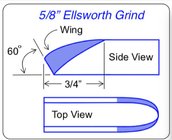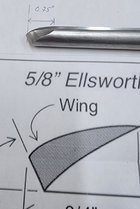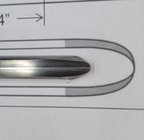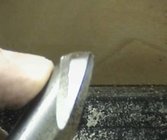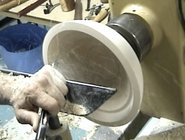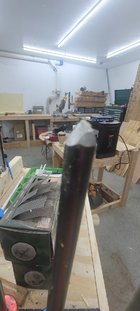hey guys,
I want to get a bottom of bowl gouge, I believe for bottom of bowl a U shape is better? I’m thinking of 5/8” Thompson or D-way. Any recommendations for either or another brand?
Another minor question, any recommendations on tool handles that are 20”+? I plan on turning my own soon but if there is a good one, I want to look into it.
I want to get a bottom of bowl gouge, I believe for bottom of bowl a U shape is better? I’m thinking of 5/8” Thompson or D-way. Any recommendations for either or another brand?
Another minor question, any recommendations on tool handles that are 20”+? I plan on turning my own soon but if there is a good one, I want to look into it.


